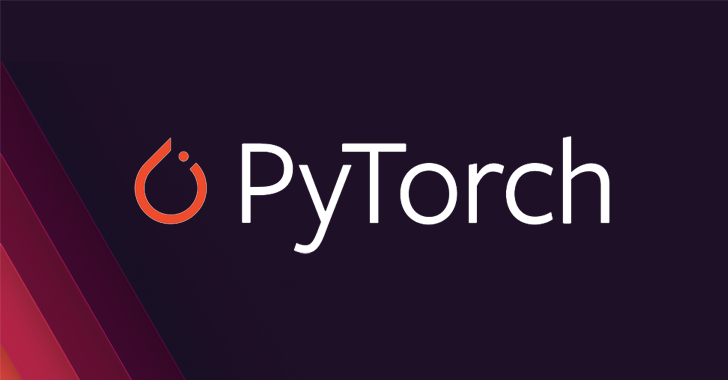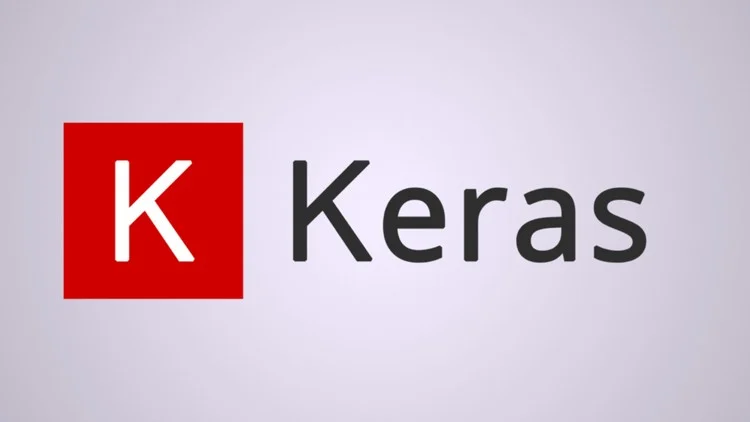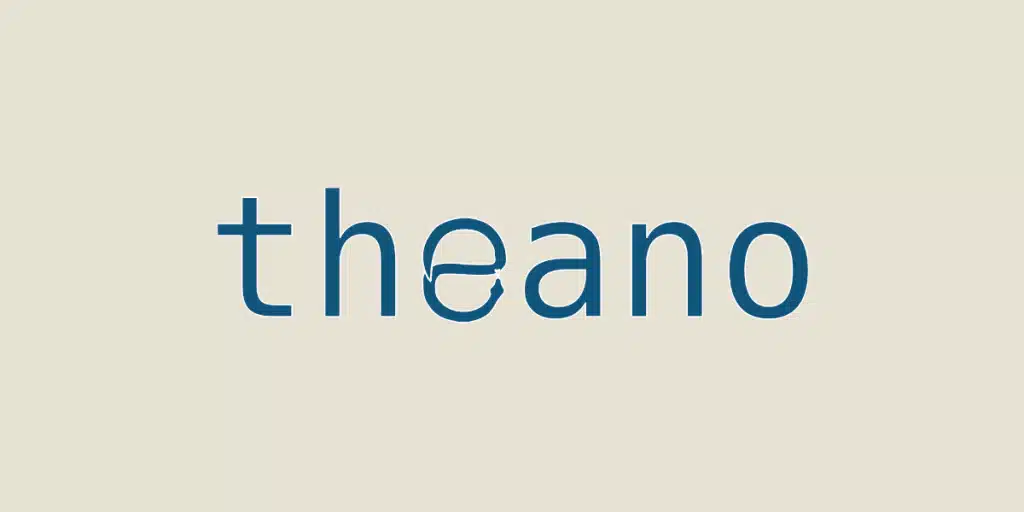TensorFlow
📘 Tool Name: TensorFlow
🔗 Official Site: https://www.tensorflow.org
🎥 AIC Contributor: https://www.youtube.com/@TensorFlow
🧩 Quick Look
TensorFlow is an open-source AI framework for building and deploying machine learning models.
Beginner Benefit: Offers extensive resources to start learning AI model development!
🌟 TensorFlow 101
TensorFlow, developed by Google Brain and released in 2015, is a leading open-source framework for machine learning and deep learning. It’s widely used for tasks like image recognition, natural language processing, and predictive analytics across industries. Its flexibility and scalability make it a favorite among researchers and developers.
The framework supports multiple languages, primarily Python, and runs on various platforms, including CPUs, GPUs, and TPUs. Key features include TensorFlow Lite for mobile deployment, TensorFlow.js for browser-based models, and a vast library of pre-trained models. TensorFlow’s eager execution mode simplifies debugging, while its Keras integration offers a high-level API for beginners.
TensorFlow is ideal for building neural networks, training large-scale models, and deploying them in production. It has a steep learning curve but offers extensive documentation and community support. The framework’s ecosystem, including tools like TensorBoard for visualization, makes it a powerful choice for AI development.
📚 Key AI Concepts Explained
Neural Networks: Models that mimic brain processes for learning.
Eager Execution: Simplifies debugging by running operations immediately.
📖 Words to Know
Tensor: Multi-dimensional data array used in computations.
Keras: High-level API for building neural networks.
TensorBoard: Visualization tool for model training.
🎯 Imagine This
Think of TensorFlow as a toolbox for building AI brains that learn and predict!
🌟 Fun Fact About the Tool
Did You Know? TensorFlow powers Google Translate’s language processing!
✅ Pros
Scalable for large projects.
Extensive community support.
Versatile deployment options.
❌ Cons
Steep learning curve.
Resource-intensive for small tasks.
Complex debugging for beginners.
🧪 Use Cases
Build a neural network for image recognition.
Deploy a model on mobile with TensorFlow Lite.
Visualize training with TensorBoard.
💰 Pricing Breakdown
Free: Open-source with no cost.
Support: Paid enterprise support via Google Cloud.
Check the official site for enterprise pricing.
🌟 Real-World Examples
A developer built an image classifier using TensorFlow.
A company deployed a chatbot with TensorFlow.js.
⚠️ Initial Warnings
Be prepared for a steep learning curve if you’re new to machine learning concepts.
Ensure your hardware meets TensorFlow’s requirements, as it can be resource-intensive.
Double-check model formats when loading, as some may contain vulnerabilities.
❓ Beginner FAQ
Is TensorFlow free? Yes, it’s open-source.
Do I need coding skills? Yes, Python knowledge helps.
What does it do? Builds and deploys AI models.
🚀 Getting Started
Visit https://www.tensorflow.org and install TensorFlow.
Follow the beginner tutorial to build a model.
Explore TensorBoard for visualization!
💡 Power-Ups
Use Keras for easier model building.
Leverage TensorFlow Lite for mobile apps.
Visualize with TensorBoard to monitor training.
🎯 Difficulty Score: 7/10 🟠 (Moderate)
TensorFlow’s extensive features make it powerful but challenging for beginners due to its complexity. Python knowledge and an understanding of machine learning basics are recommended to get started.
Challenges include debugging complex models and optimizing performance on limited hardware. However, its documentation and tutorials help ease the learning process over time.
⭐ Official AI-Driven Rating: 9.0/10
TensorFlow earns a high rating for its scalability, making it a top choice for both research and production-level AI projects. Its ecosystem, including TensorFlow Lite and TensorBoard, provides unmatched versatility for deployment and visualization. The integration with Keras simplifies model building, especially for beginners, while its community support ensures ample resources. However, the steep learning curve and resource demands can be barriers for new users. Some vulnerabilities in model formats also pose security risks if not handled carefully. Widely used by industry leaders like Google, its reliability is well-documented, though beginners may need time to master it. This rating reflects its robustness and flexibility, balanced against its complexity.
⚠️ Hacks/Exploits
Path Traversal Flaw (2023): A vulnerability in TensorFlow’s model loading led to arbitrary file overwrites. (Source: https://www.thehackernews.com/tensorflow-flaw-2023.pdf)
Code Execution Risk (2022): Malicious models exploited TensorFlow’s Pickle usage. (Source: https://arxiv.org/malhug-report-2022.pdf)
⚠️ Potential Founder Vulnerabilities
High-Profile Targeting: Google Brain leaders faced spear-phishing due to their public roles. (Source: https://www.kaspersky.com/spear-phishing-2023.pdf)
Corporate Exposure: Google’s visibility increases risks of targeted attacks. (Source: https://www.wired.com/google-threats-2023.html)
⚖️ Stay Safe
We’re here to explore tools, not guide financial decisions. Be cautious when loading external models and verify their sources. Always do your own due diligence to ensure security!
🔗 Official Site: https://www.tensorflow.org
🎥 AIC Contributor: https://www.youtube.com/@TensorFlow
🧩 Quick Look
TensorFlow is an open-source AI framework for building and deploying machine learning models.
Beginner Benefit: Offers extensive resources to start learning AI model development!
🌟 TensorFlow 101
TensorFlow, developed by Google Brain and released in 2015, is a leading open-source framework for machine learning and deep learning. It’s widely used for tasks like image recognition, natural language processing, and predictive analytics across industries. Its flexibility and scalability make it a favorite among researchers and developers.
The framework supports multiple languages, primarily Python, and runs on various platforms, including CPUs, GPUs, and TPUs. Key features include TensorFlow Lite for mobile deployment, TensorFlow.js for browser-based models, and a vast library of pre-trained models. TensorFlow’s eager execution mode simplifies debugging, while its Keras integration offers a high-level API for beginners.
TensorFlow is ideal for building neural networks, training large-scale models, and deploying them in production. It has a steep learning curve but offers extensive documentation and community support. The framework’s ecosystem, including tools like TensorBoard for visualization, makes it a powerful choice for AI development.
📚 Key AI Concepts Explained
Neural Networks: Models that mimic brain processes for learning.
Eager Execution: Simplifies debugging by running operations immediately.
📖 Words to Know
Tensor: Multi-dimensional data array used in computations.
Keras: High-level API for building neural networks.
TensorBoard: Visualization tool for model training.
🎯 Imagine This
Think of TensorFlow as a toolbox for building AI brains that learn and predict!
🌟 Fun Fact About the Tool
Did You Know? TensorFlow powers Google Translate’s language processing!
✅ Pros
Scalable for large projects.
Extensive community support.
Versatile deployment options.
❌ Cons
Steep learning curve.
Resource-intensive for small tasks.
Complex debugging for beginners.
🧪 Use Cases
Build a neural network for image recognition.
Deploy a model on mobile with TensorFlow Lite.
Visualize training with TensorBoard.
💰 Pricing Breakdown
Free: Open-source with no cost.
Support: Paid enterprise support via Google Cloud.
Check the official site for enterprise pricing.
🌟 Real-World Examples
A developer built an image classifier using TensorFlow.
A company deployed a chatbot with TensorFlow.js.
⚠️ Initial Warnings
Be prepared for a steep learning curve if you’re new to machine learning concepts.
Ensure your hardware meets TensorFlow’s requirements, as it can be resource-intensive.
Double-check model formats when loading, as some may contain vulnerabilities.
❓ Beginner FAQ
Is TensorFlow free? Yes, it’s open-source.
Do I need coding skills? Yes, Python knowledge helps.
What does it do? Builds and deploys AI models.
🚀 Getting Started
Visit https://www.tensorflow.org and install TensorFlow.
Follow the beginner tutorial to build a model.
Explore TensorBoard for visualization!
💡 Power-Ups
Use Keras for easier model building.
Leverage TensorFlow Lite for mobile apps.
Visualize with TensorBoard to monitor training.
🎯 Difficulty Score: 7/10 🟠 (Moderate)
TensorFlow’s extensive features make it powerful but challenging for beginners due to its complexity. Python knowledge and an understanding of machine learning basics are recommended to get started.
Challenges include debugging complex models and optimizing performance on limited hardware. However, its documentation and tutorials help ease the learning process over time.
⭐ Official AI-Driven Rating: 9.0/10
TensorFlow earns a high rating for its scalability, making it a top choice for both research and production-level AI projects. Its ecosystem, including TensorFlow Lite and TensorBoard, provides unmatched versatility for deployment and visualization. The integration with Keras simplifies model building, especially for beginners, while its community support ensures ample resources. However, the steep learning curve and resource demands can be barriers for new users. Some vulnerabilities in model formats also pose security risks if not handled carefully. Widely used by industry leaders like Google, its reliability is well-documented, though beginners may need time to master it. This rating reflects its robustness and flexibility, balanced against its complexity.
⚠️ Hacks/Exploits
Path Traversal Flaw (2023): A vulnerability in TensorFlow’s model loading led to arbitrary file overwrites. (Source: https://www.thehackernews.com/tensorflow-flaw-2023.pdf)
Code Execution Risk (2022): Malicious models exploited TensorFlow’s Pickle usage. (Source: https://arxiv.org/malhug-report-2022.pdf)
⚠️ Potential Founder Vulnerabilities
High-Profile Targeting: Google Brain leaders faced spear-phishing due to their public roles. (Source: https://www.kaspersky.com/spear-phishing-2023.pdf)
Corporate Exposure: Google’s visibility increases risks of targeted attacks. (Source: https://www.wired.com/google-threats-2023.html)
⚖️ Stay Safe
We’re here to explore tools, not guide financial decisions. Be cautious when loading external models and verify their sources. Always do your own due diligence to ensure security!






Not Rated Yet